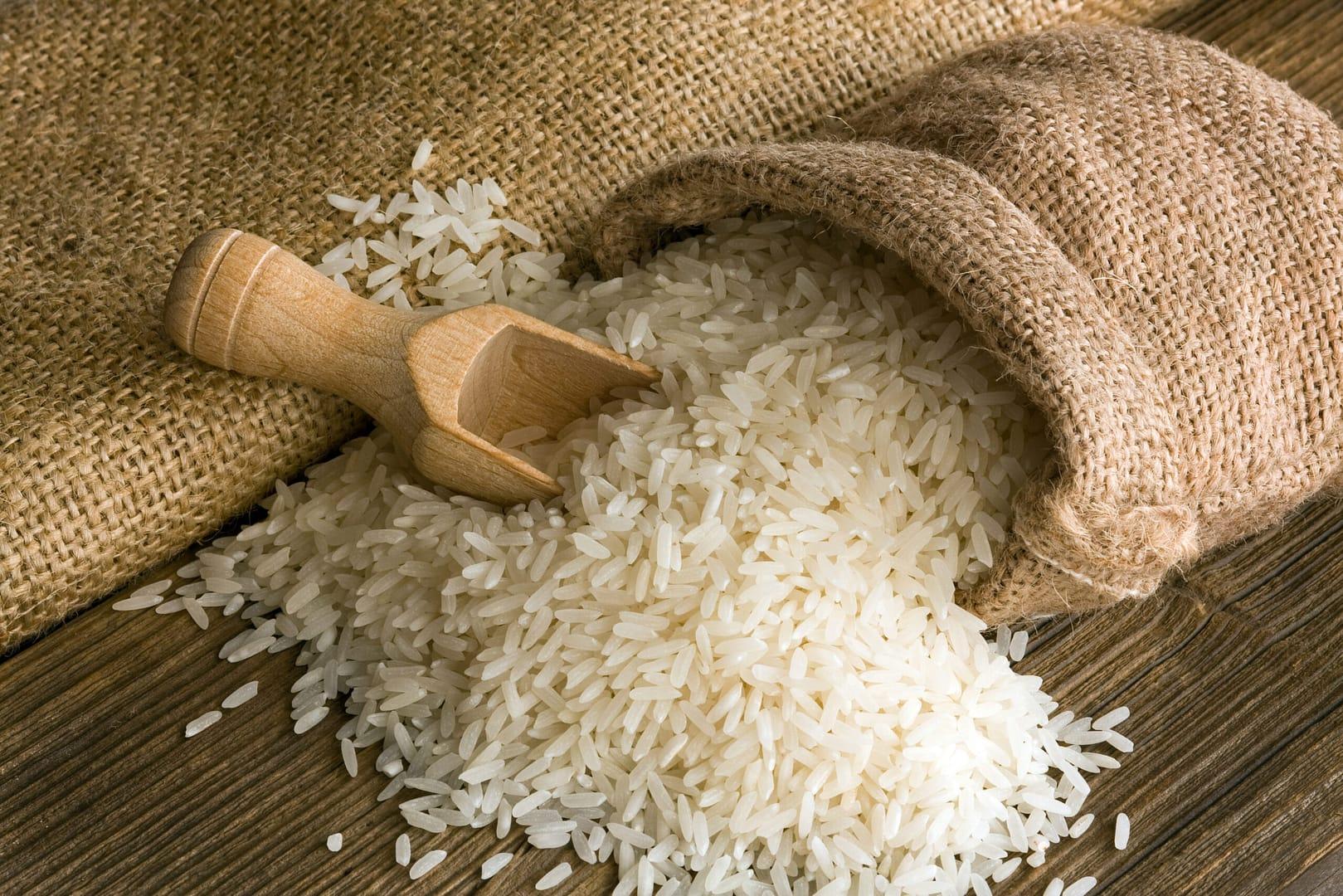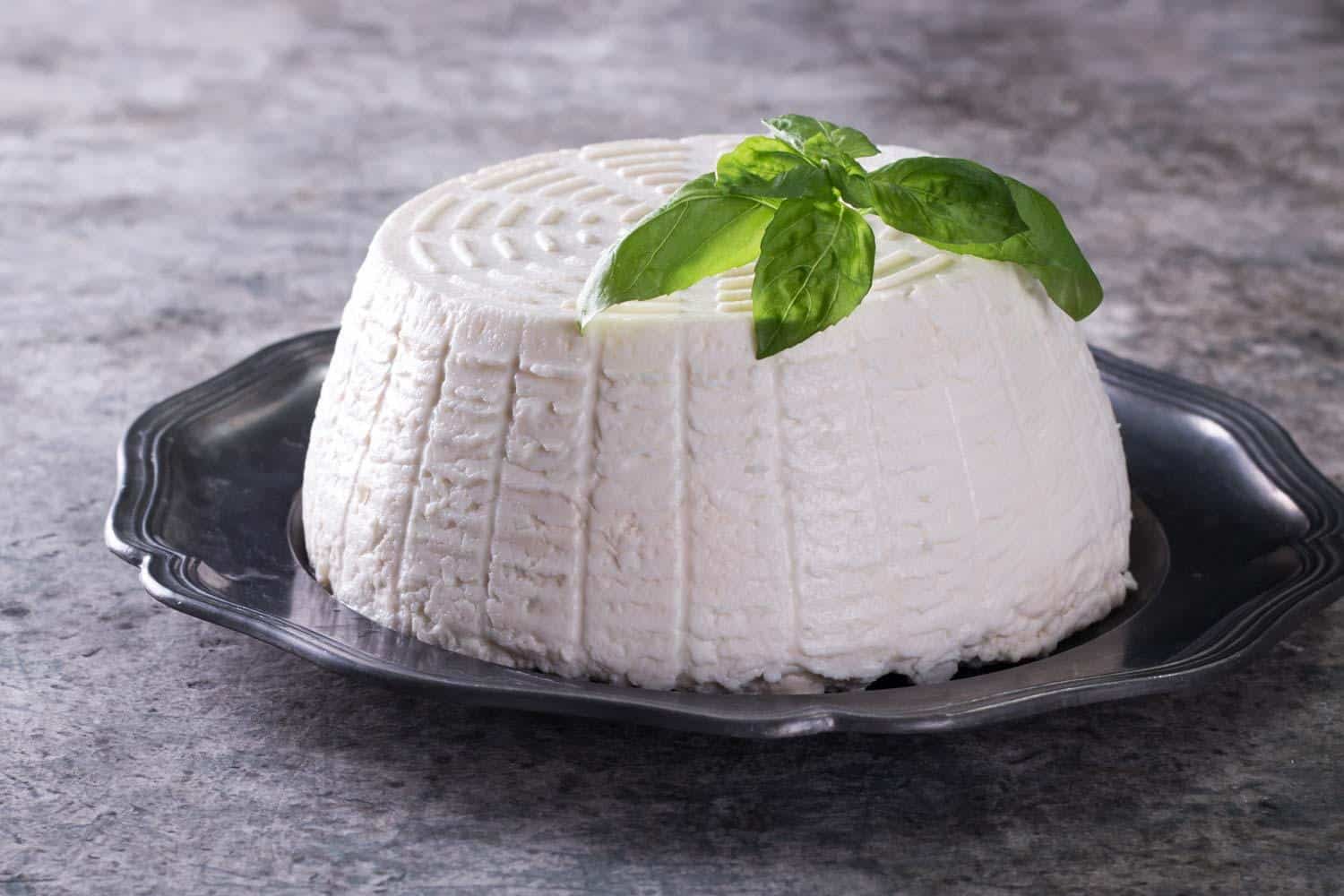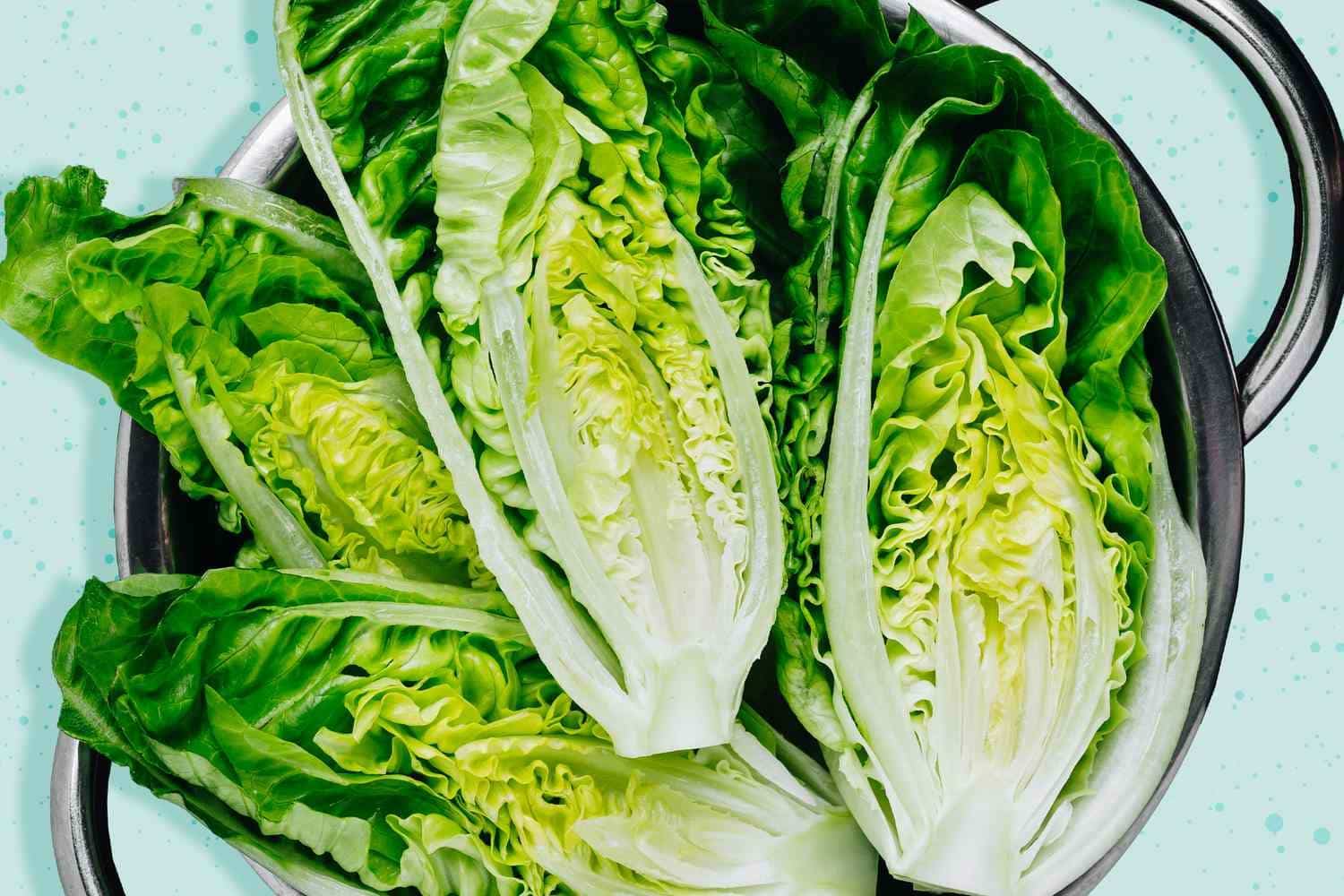
Welcome to our flavorful journey through the alphabet, focusing today on foods that begin with R.
This list covers a broad spectrum of culinary delights, from everyday essentials like rice and raspberries to exotic treats like rutabaga and ramen.
Whether you’re looking to spice up your cooking repertoire or simply curious about different foods worldwide, you’ll find plenty to explore.
With 15 common foods that start with R and an additional 90 to increase your interest, this guide offers a diverse taste of this robust letter.
So, let’s dive in and discover the rich flavors and unique dishes that start with “R”!
15 Most Common Foods Starting with R
1. Rice

Rice is a staple food for more than half of the world’s population, primarily grown in wet environments.
- Origin: First domesticated in China over 13,000 years ago.
- Culinary Pairings: Pairs well with beans, chicken, and vegetables.
- Nutritional Information: High in carbohydrates, provides energy, and contains some B vitamins.
- Cultural Significance: Essential in various cultural ceremonies and a base for many cuisines.
- Interesting Facts: More than 40,000 varieties of rice are grown worldwide.
2. Raspberries

Raspberries are a popular berry known for their tart flavor, commonly enjoyed fresh or in desserts.
- Origin: Thought to have originated in Eastern Asia.
- Culinary Pairings: Often paired with chocolate, cream, and other berries.
- Nutritional Information: Rich in vitamins C and K, fiber, and antioxidants.
- Cultural Significance: Used historically for their medicinal properties.
- Interesting Facts: Raspberries are a member of the rose family.
3. Raisins

Raisins are dried grapes known for their sweet taste and chewy texture, commonly used as a snack or in baking.
- Origin: First cultivated in Persia and Egypt around 2000 BC.
- Culinary Pairings: Commonly added to oatmeal, yogurt, or baked goods like cinnamon rolls.
- Nutritional Information: High in sugar and calories, but also a good source of iron and potassium.
- Cultural Significance: Mentioned in ancient texts and used as a trading commodity.
- Interesting Facts: The drying of grapes to produce raisins was discovered by accident.
4. Radishes

Radishes are edible root vegetables known for their peppery flavor and crisp texture, commonly used in salads.
- Origin: First cultivated in Southeast Asia.
- Culinary Pairings: Often paired with butter, salt, or used in salads with carrots and lettuce.
- Nutritional Information: Low in calories but high in vitamin C and fiber.
- Cultural Significance: Radishes were revered in ancient Egypt where they were given as offerings to the gods.
- Interesting Facts: The largest radish in the world weighed about 68 pounds.
5. Ravioli

Ravioli are a type of pasta comprising a filling enveloped in thin pasta dough, typically served with sauce.
- Origin: Originated in Italy during the Middle Ages.
- Culinary Pairings: Typically served with tomato sauce, pesto, or sage butter.
- Nutritional Information: Varied nutritional value based on fillings which can include cheese, meat, or vegetables.
- Cultural Significance: A traditional Italian dish enjoyed particularly during festive occasions.
- Interesting Facts: The name ‘ravioli’ is derived from an old Italian word meaning “to wrap.”
6. Ribs

Ribs are a type of meat cut from the ribcage of an animal, most commonly pork or beef, known for their rich flavor when slow-cooked.
- Origin: Widely consumed worldwide, with particular popularity in American and Chinese cuisines.
- Culinary Pairings: Often seasoned with barbecue sauce, dry rubs, or marinades.
- Nutritional Information: High in protein and fats.
- Cultural Significance: Barbecue ribs are an essential part of American Southern cooking.
- Interesting Facts: Ribs have been a part of American barbecue culture since the Spanish introduced pigs to the New World.
7. Ricotta

Ricotta is an Italian whey cheese made from sheep, cow, goat, or Italian water buffalo milk whey left over from the production of other cheeses.
- Origin: Originated in Italy; the name means “recooked” in Italian.
- Culinary Pairings: Used in lasagna, stuffed shells, or served with fruit and honey.
- Nutritional Information: High in protein and calcium.
- Cultural Significance: A staple in Italian cooking, both in savory dishes and desserts like cannoli.
- Interesting Facts: Unlike most cheeses, ricotta is made from whey.
8. Risotto

Risotto is a northern Italian rice dish cooked with broth until it reaches a creamy consistency.
- Origin: The dish originated in North Italy, where rice paddies are abundant.
- Culinary Pairings: Often cooked with Parmesan cheese, wine, and ingredients like mushrooms or seafood.
- Nutritional Information: Rich in carbohydrates; creamy texture comes from the starch of Arborio rice.
- Cultural Significance: Considered comfort food in Italy, risotto is a staple of Milanese cuisine.
- Interesting Facts: Risotto’s creamy texture is achieved by stirring hot stock gradually to release the rice’s starch.
9. Roast Beef

Roast beef is a traditional English dish made by roasting an oven-ready cut of beef which is then typically served within sandwiches or as a meal with vegetables and potatoes.
- Origin: Became popular in England during the reign of King Henry VII in 1485.
- Culinary Pairings: Often accompanied by Yorkshire pudding, potatoes, and horseradish sauce.
- Nutritional Information: High in protein and essential nutrients but also high in fats.
- Cultural Significance: A symbol of English cooking, it’s traditionally served for Sunday dinner.
- Interesting Facts: The Yeomen Warders at the Tower of London were nicknamed “Beefeaters” because of their diet of roast beef.
10. Rocket (Arugula)

Rocket, or arugula, is a peppery, leafy green vegetable often used in salads.
- Origin: Native to the Mediterranean region.
- Culinary Pairings: Often paired with goat cheese, nuts, and vinaigrette.
- Nutritional Information: High in calcium, potassium, and vitamins A, C, and K.
- Cultural Significance: Has been cultivated as an edible herb since the Roman times.
- Interesting Facts: Rocket is considered a potent aphrodisiac since ancient times.
11. Romaine Lettuce

Romaine lettuce is a type of lettuce that grows in a tall head of sturdy dark green leaves with firm ribs down their centers.
- Origin: Traces back to the island of Cos in Greece, where it was likely first cultivated.
- Culinary Pairings: Ideal for Caesar salads and pairs well with robust, creamy dressings.
- Nutritional Information: Low in calories but high in dietary fiber, vitamin A, and vitamin K.
- Cultural Significance: The main ingredient in Caesar salad, which was invented in Mexico by an Italian chef.
- Interesting Facts: Romaine lettuce is more heat tolerant than other lettuces.
12. Rutabaga

Rutabaga, a root vegetable, is a cross between cabbage and turnip and is known for its earthy, sweet-sour flavor when cooked.
- Origin: Thought to have originated from Scandinavia or Russia.
- Culinary Pairings: Pairs well with hearty meats and is excellent in stews or mashed as a side dish.
- Nutritional Information: Contains high levels of vitamin C, potassium, and fiber.
- Cultural Significance: Commonly eaten in Nordic countries, especially Sweden and Finland.
- Interesting Facts: During World War I, rutabagas became widespread in Europe as a food substitute during famines.
13. Rye Bread

Rye bread is made with rye flour and is denser than wheat bread, with a slightly sour taste.
- Origin: Widely consumed in Eastern Europe and Russia, where the rye plant thrives in the harsh winter climates.
- Culinary Pairings: Often served with smoked fish, cheese, or cold cuts.
- Nutritional Information: High in fiber and generally healthier than white bread.
- Cultural Significance: A staple in Eastern European diets, known for its hearty and satisfying nature.
- Interesting Facts: Rye bread was considered a staple during the Middle Ages in Europe.
14. Ramen

Ramen is a Japanese noodle soup consisting of Chinese-style wheat noodles served in a meat or fish-based broth.
- Origin: Introduced to Japan by Chinese immigrants in the late 19th or early 20th century.
- Culinary Pairings: Typically topped with slices of pork, nori (seaweed), menma, and scallions.
- Nutritional Information: Varies widely but is generally high in sodium.
- Cultural Significance: Ramen is considered an iconic symbol of Japanese fast food culture.
- Interesting Facts: There are regional variations of ramen across Japan, each with distinct flavors and ingredients.
15. Red Beans

Red beans, small reddish-brown beans, are often used in the cuisine of the American South, especially in dishes like red beans and rice.
- Origin: Native to the Americas, red beans were brought to Europe in the 15th century.
- Culinary Pairings: Often cooked with rice, meats like sausage or pork, and seasoned with bay leaves and cayenne.
- Nutritional Information: High in protein, fiber, iron, and potassium.
- Cultural Significance: A staple in Creole and Cajun cooking in Louisiana.
- Interesting Facts: Traditionally, red beans and rice is served on Mondays in New Orleans.
45 Additional Foods Starting with R
- Rabbit
- Radicchio
- Ragout
- Rainbow Trout
- Ramen Noodles
- Raspberry Jam
- Ratatouille
- Red Cabbage
- Red Potatoes
- Red Velvet Cake
- Redfish
- Red Snapper
- Relish
- Rhubarb
- Ribeye Steak
- Rice Cakes
- Rice Krispies
- Rice Milk
- Rice Noodles
- Rice Pudding
- Rice Vinegar
- Ricotta Cheese
- Riesling (wine)
- Rigatoni
- Roasted Almonds
- Roasted Chicken
- Roasted Duck
- Rockfish
- Rocky Road Ice Cream
- Rolled Oats
- Romano Cheese
- Root Beer
- Rosemary
- Rose Apples
- Rosé Wine
- Rotisserie Chicken
- Roux
- Ruccola
- Rum
- Rum Cake
- Rump Roast
- Runner Beans
- Rusk
- Russet Potatoes
- Russian Dressing
Summing Up
We hope you’ve enjoyed exploring the diverse and delicious world of foods that start with the letter “R.”
From rice’s versatility in numerous global cuisines to the unique taste of rare ingredients like rutabaga, each item on this list offers its own unique flavors and culinary uses.
Whether you’re a chef looking for new ingredients to incorporate into your dishes or a curious food lover eager to expand your palate, this list provides a comprehensive look at the variety that foods beginning with “R” can bring to your table.
Keep this guide handy and let it inspire your next culinary adventure. Happy cooking and tasting!

